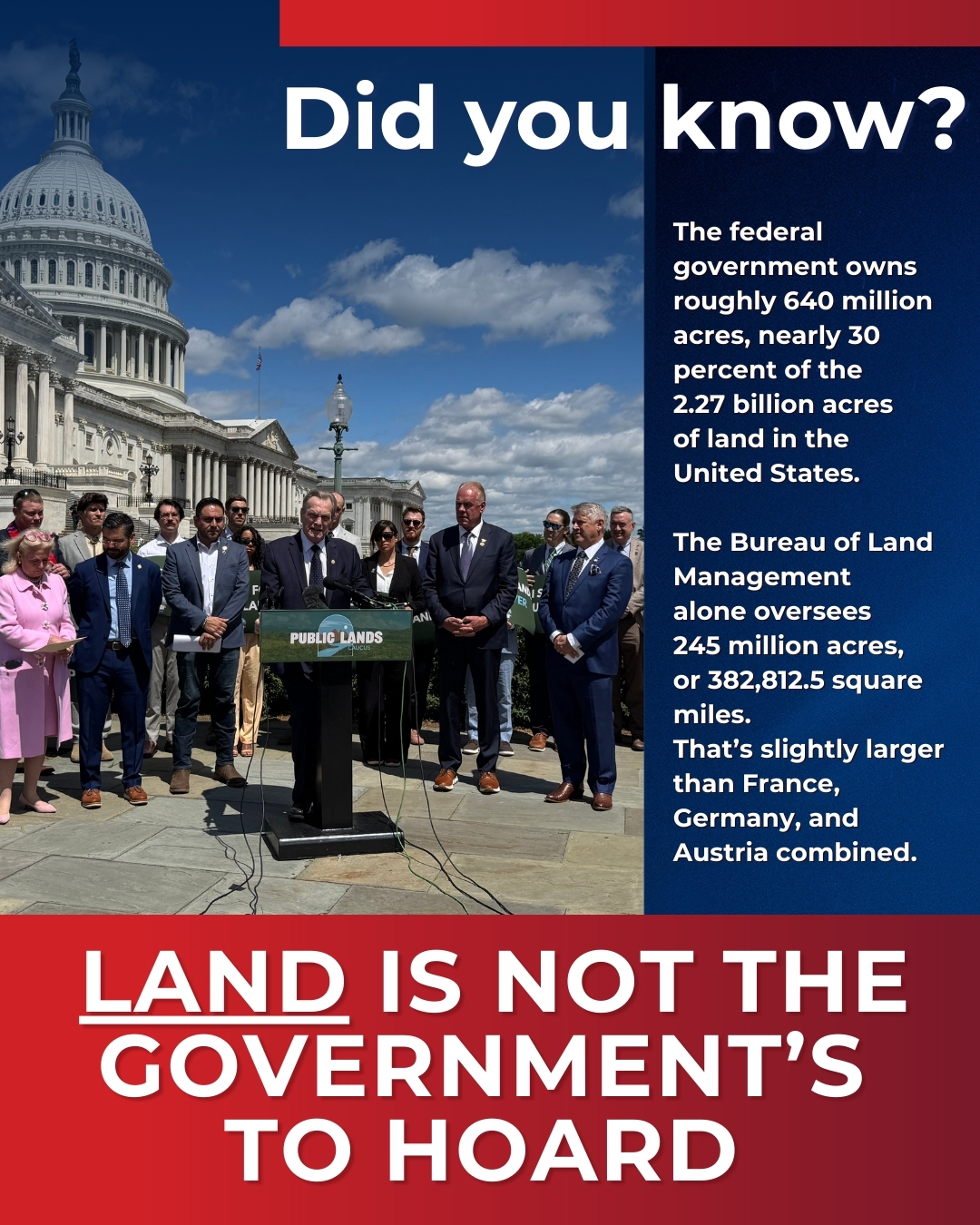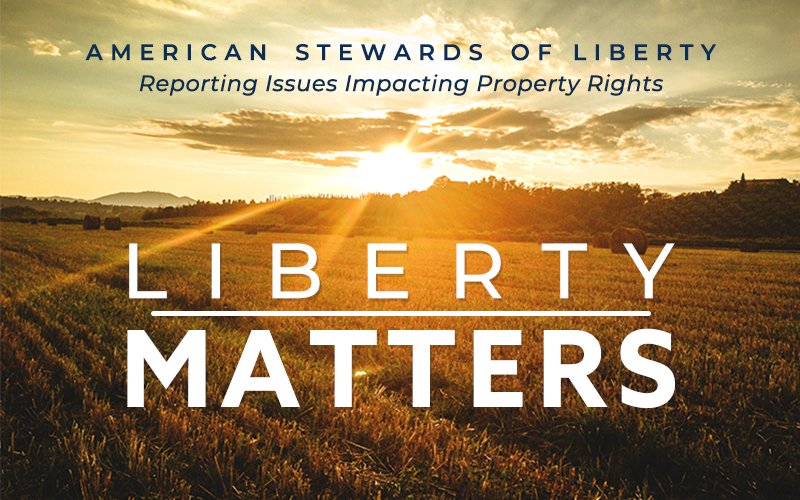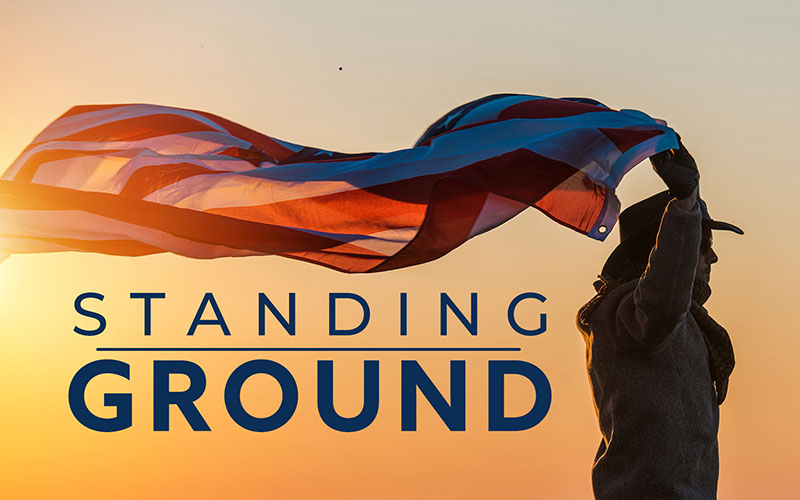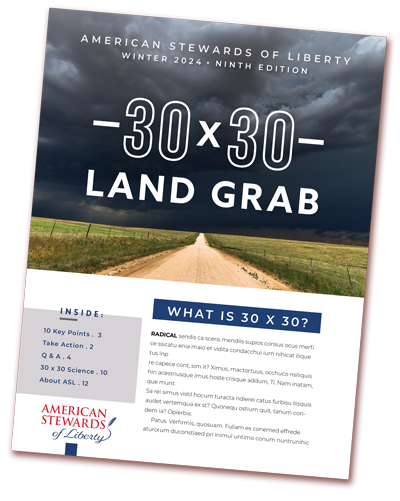A “Public Lands Caucus” has been created by Representatives Ryan Zinke (R-MT) and Gabe Vasquez (D-NV) and 14 House members to oppose the sale of federal lands that would help ease the housing shortage in America and reduce the federal land inventory.
In their press conference, Zinke stated: “This was my San Juan Hill; I do not support the widespread sale or transfer of public lands. Once land is sold, we will never get it back. God isn’t creating more land.”
That’s rich. It’s ironic that Zinke refers to America’s federal lands as “public lands.” Who does he think owns them? He’s defending government ownership stating once sold, “we will never get it back.” This entitlement mind-set is the problem in Washington.
The land is not theirs to hoard.
In fact, when Senator Mike Lee offered his amendment to the “Great Big Beautiful” bill, all he wanted to do was sell off 450,000 acres. Zinke opposed this amendment during the floor debate on the reconciliation bill.
The federal government owns roughly 640 million acres, nearly 30 percent of the 2.27 billion acres of land in the United States.
The Bureau of Land Management alone oversees 245 million acres, or 382,812.5 square miles. That’s slightly larger than France, Germany, and Austria combined.
The sale of 450,000 acres is a mere .0007% of the total acres under federal control.
Vasques said “Public lands and public access to our forests, rivers, grasslands and deserts are unique” and “we must continue to fight for” and something “we cannot take for granted.”
However, most of the land Lee wanted to sell surrounded major cities where federal lands have stymied any expansion for development, not blocked access to any federal land. That is such a nonsensical reason not to sell federal lands.
During the campaign, J.D. Vance raised the idea of using federal lands to build affordable housing. In his debate with Minnesota Gov. Tim Walz, Vance said: “Well, what Donald Trump has said is we have a lot of federal lands that are not being used for anything. They’re not being used for a national park … and they could be places where we build a lot of housing. We have a lot of land that could be used,” he added.
We agree. But more importantly, reducing the federal land inventory would help counties currently saddled with too much federal land an opportunity to pay for the services they provide for their citizens. For instance, Custer County Idaho is expected to provide all the services that every other county provides, such as roads, schools and emergency services, but their largest landowner does not pay taxes. The federal government owns 97% of the county.
A common sense approach to reducing the federal land inventory would be to work with the local elected leaders in counties that have more than 50 percent of their lands owned by the federal government. It is not unreasonable for those communities to have the same opportunities to prosper as those whose land is primarily privately owned.
The local officials know what areas are prized for hunting and recreation and which areas would be suitable for housing, farms and ranches that can provide local fresh foods, and other community priorities. Instead of giving the federal government an oversized hand in county business, let the people who live there decide what is best for their county.
Go here to watch the press conference announcing the formation of the Public Lands Caucus.





